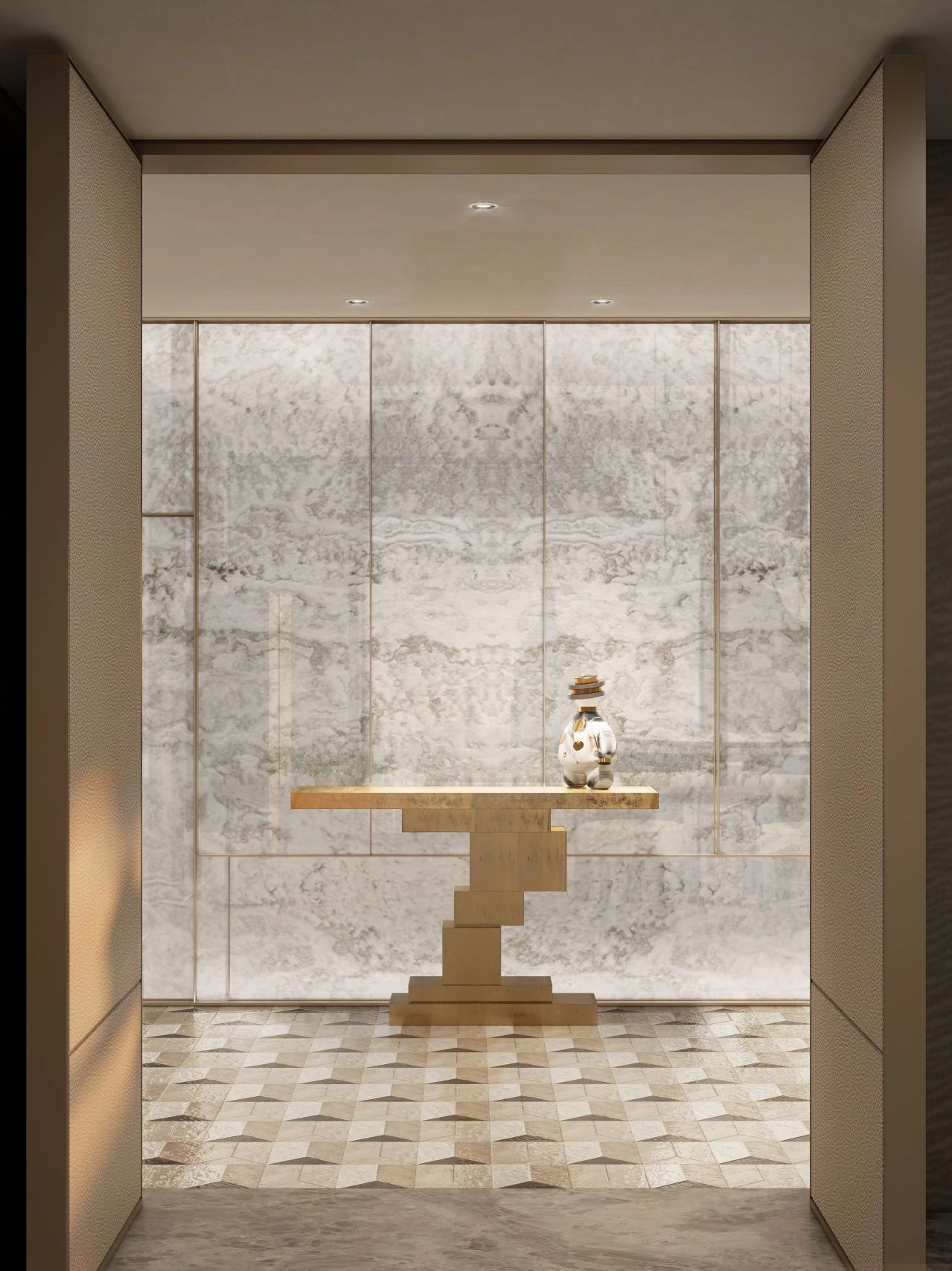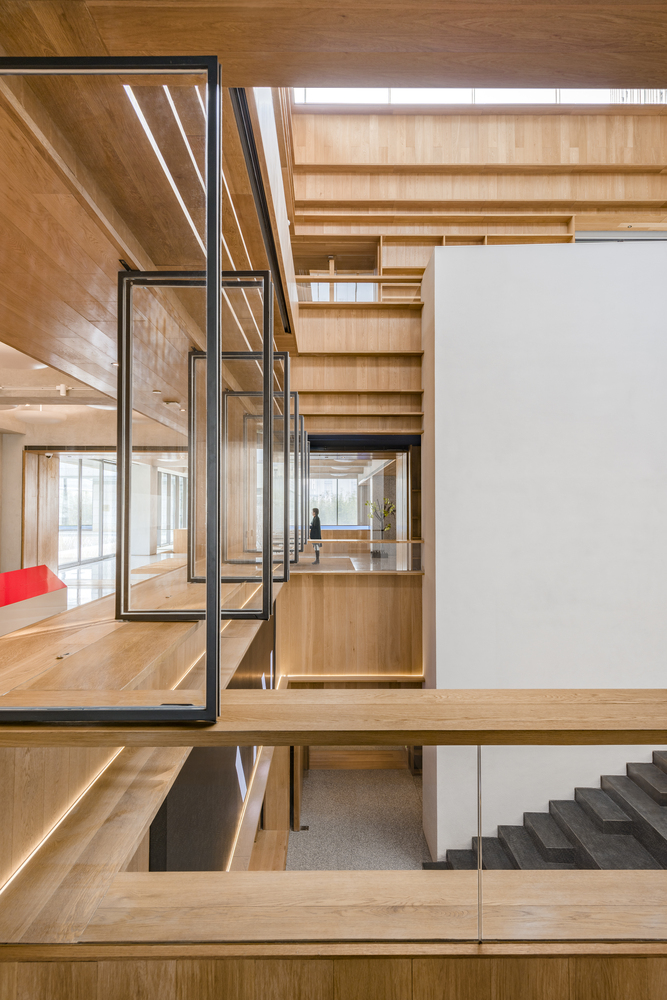Restaurant 13 Johan De Wachter Architects
2011-10-16 00:00
架构师提供的文本描述。2007年,作为金华建筑公园的一部分,京东(Johan De Wachter Architect)完成了义乌河岸第13餐厅的项目。2004年,约翰·德瓦赫特被要求为这个由中国艺术家和活动家艾未未发起的国际建筑项目设计一家餐厅。金华建筑公园是中国金华市大型开发区的一部分。
Text description provided by the architects. In 2007 JDWA (Johan De Wachter Architects) completed it's project Restaurant 13 on the banks of Yiwu river, as a part of the The Jinhua Architecture Park. In 2004 Johan De Wachter was asked to design a restaurant for this international architecture project initiated by the Chinese artist and activist Ai Weiwei. The Jinhua Architecture Park is a part of a large development area in Jinhua City, China.
该公园由中国艺术家艾未未(假设计)设计,沿着义乌河延伸。公园内共有17座公共建筑,包括10座国际建筑和7座中国建筑师。这些“17座城市公共小型建筑”是金东区在当地政府、专家和17位世界各地选定的建筑师讨论的基础上,作为国际设计实践的一次新尝试。“餐厅13的坚固而优雅的钢、石、竹结构是对中国饮食文化的一种诠释。该项目强调了“观看和被观看”的传统餐馆类型。
The park, designed by the Chinese artist Ai Weiwei (Fake Design), stretches along theYiwu river. 17 public buildings of 10 international and 7 Chinese architects were planned in the park. These '17 Urban Public Mini-structures' are presented by the Jindong District as a fresh try of international design practicing based on the discussion among local government, experts and 17 selected architects from all over the world. "Restaurant 13's rigid but elegant structure of steel, stone and bamboo represents an interpretation of the Chinese dining culture. The traditional restaurant typology of 'watching and being watched' is emphasized in the project."
三种“速度”的饮食被整合在一座建筑中。这类食品由“自动售货机”(街头食品)、“3D平板”(中型食品)和“酒廊餐厅”(慢速食品)提供。第13餐厅是通过它的钢-竹子结构整合在公园内,提供了阴影和庇护。开放式的底层平面图将餐厅与公园合并,没有具体的边界。屋顶景观的细部化是指中国传统建筑对自然要素的处理方式。一堆非正式的“桌子”排列在一楼。这个被覆盖的露台也是一个未编程的“活动空间”。
Three 'speeds' of eating are integrated in one building. This assortment is provided by 'vending machines' (street food), a '3D tablescape' (medium food), and a 'lounge restaurant' (slow food). Restaurant 13 is integrated in the Park through its steel-bamboo structure providing shadow and shelter. The open ground floor plan merges the restaurant with the park without a specific border. The detailing of the roofscape refers to the way traditional Chinese architecture deals with the nature elements. An informal stacking of 'tables' organizes the ground floor. This covered terrace also serves as an unprogrammed 'event-space'.
Text provided by Johan De Wachter Architects.
 举报
举报
别默默的看了,快登录帮我评论一下吧!:)
注册
登录
更多评论
相关文章
-

描边风设计中,最容易犯的8种问题分析
2018年走过了四分之一,LOGO设计趋势也清晰了LOGO设计
-

描边风设计中,最容易犯的8种问题分析
2018年走过了四分之一,LOGO设计趋势也清晰了LOGO设计
-

描边风设计中,最容易犯的8种问题分析
2018年走过了四分之一,LOGO设计趋势也清晰了LOGO设计


























































